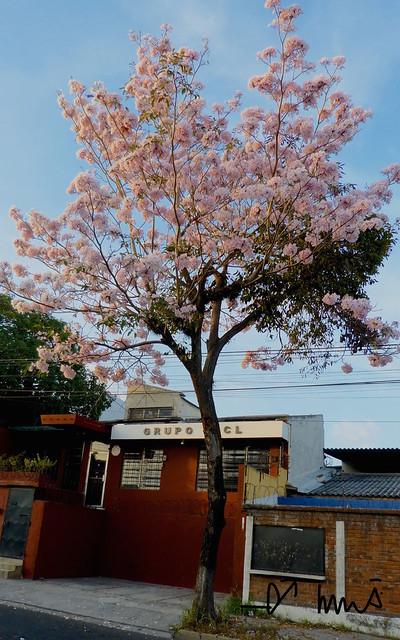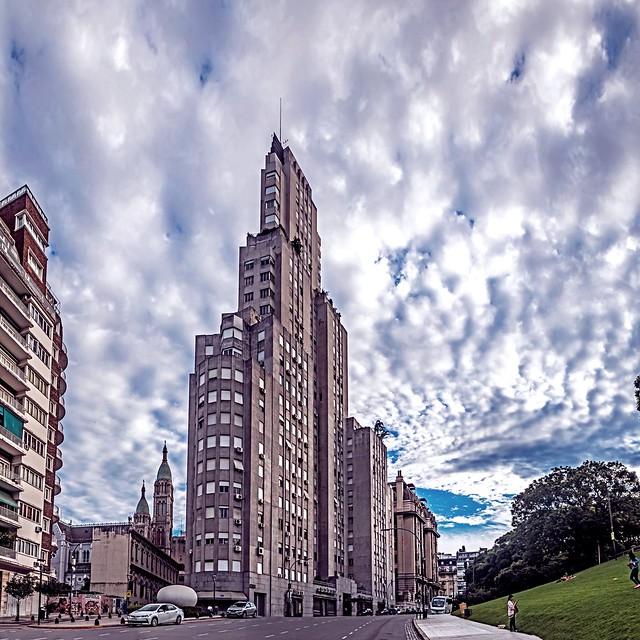Departamento de Loreto
Overview
Overview of Loreto
Departamento de Loreto is a hidden gem located in the Santiago del Estero province of Argentina, often overlooked by travelers but rich in cultural and historical significance. This charming town is nestled in the heart of the Argentine countryside, where the pace of life slows down, offering visitors a glimpse into the authentic rural lifestyle of the region. The landscape is characterized by rolling hills, vast fields, and the vibrant colors of traditional adobe buildings, making it a picturesque destination for those seeking tranquility and a connection with nature.
The Culture and Atmosphere
Loreto boasts a warm and welcoming atmosphere that reflects the hospitality of its residents. The local community is known for its strong ties to tradition and folklore, with many festivals celebrating regional music, dance, and cuisine. The annual celebrations, such as the Fiesta Nacional de la Chacra, showcase the rich cultural heritage of the area, featuring traditional folk music, dance performances, and a variety of local dishes. Visitors can immerse themselves in the lively ambiance, enjoying the sounds of guitar strumming and the rhythms of traditional dances while interacting with friendly locals who take pride in sharing their customs.
Historical Significance
Loreto's history is deeply intertwined with the broader narrative of Santiago del Estero, one of Argentina's oldest provinces. Originally founded in the colonial era, the town has retained much of its historical charm, with colonial architecture and landmarks that tell the story of its past. The Church of Loreto, a striking example of colonial architecture, stands as a testament to the town's historical significance. Built in the 18th century, it serves not only as a place of worship but also as a cultural hub where community events and celebrations take place. Exploring the town's streets, visitors can find remnants of its colonial past, including quaint plazas and traditional homes that reflect the architectural styles of the time.
Local Characteristics
The local economy of Loreto is primarily based on agriculture, with farming and livestock rearing playing vital roles in sustaining the community. Travelers can witness the agricultural practices of the region firsthand, with abundant opportunities for agritourism. Visitors may participate in activities such as harvesting fruits, learning about traditional farming techniques, and tasting fresh produce that reflects the region’s unique flavors. Additionally, the proximity to the Rio Dulce provides opportunities for fishing and recreational activities, allowing visitors to appreciate the natural beauty of the area.
For those looking to explore the natural surroundings, the nearby Quebrada de Humahuaca offers breathtaking landscapes, with colorful mountains and striking geological formations. This UNESCO World Heritage site is just a short journey from Loreto and provides a stunning contrast to the serene rural atmosphere of the town. The opportunity to venture into the countryside, combined with the rich cultural experiences found in Loreto, makes this destination a delightful stop for any traveler seeking to understand the essence of Argentine life beyond the bustling cities.
Other towns or cities you may like in Argentina
Explore other cities that share similar charm and attractions.






